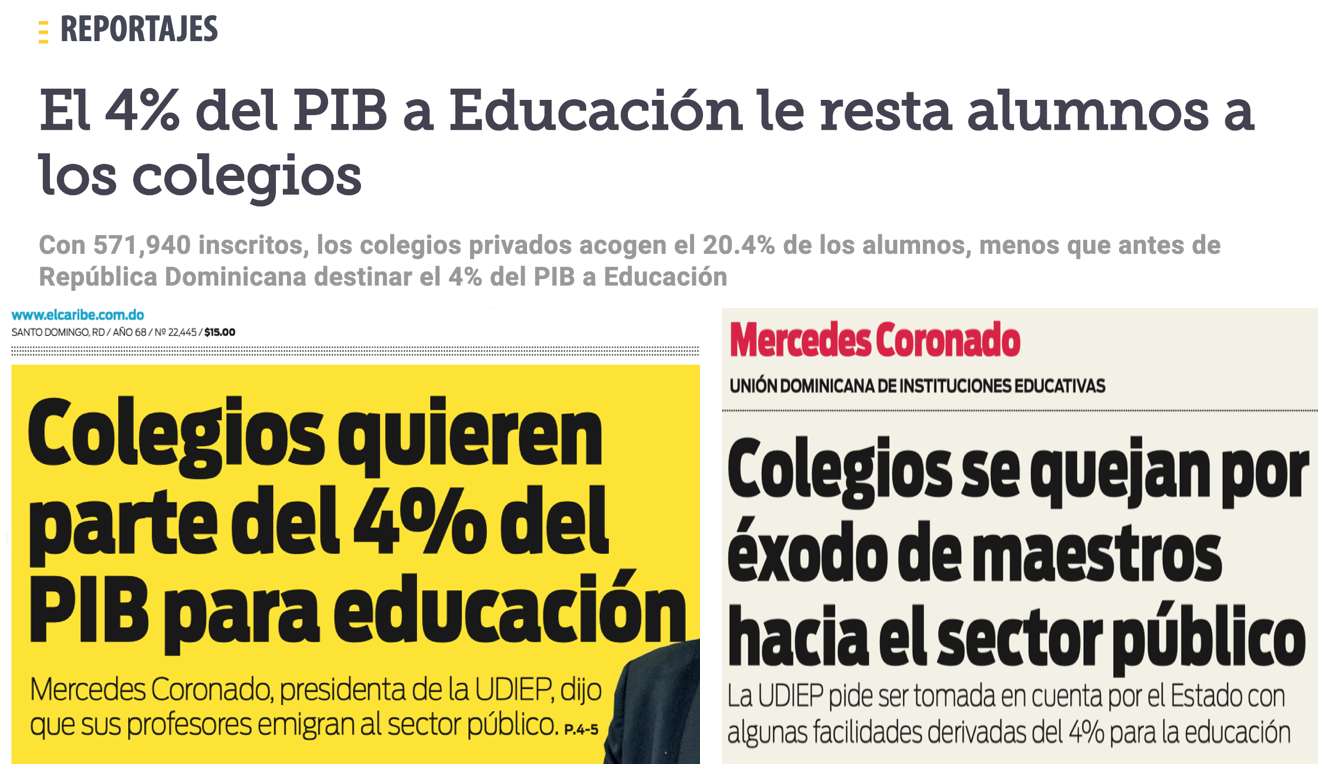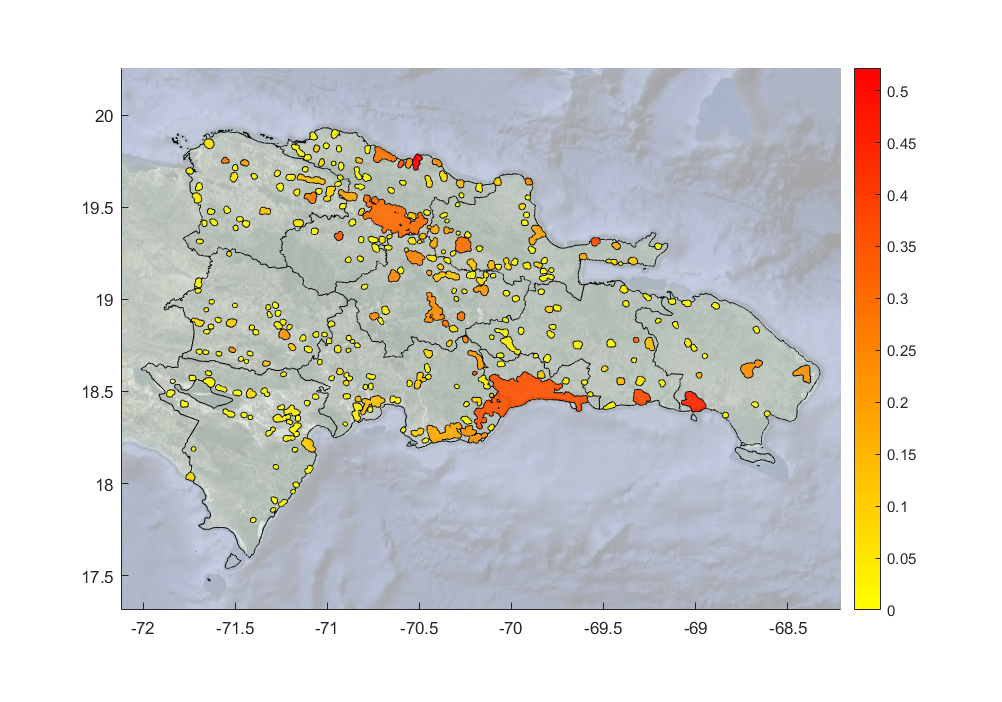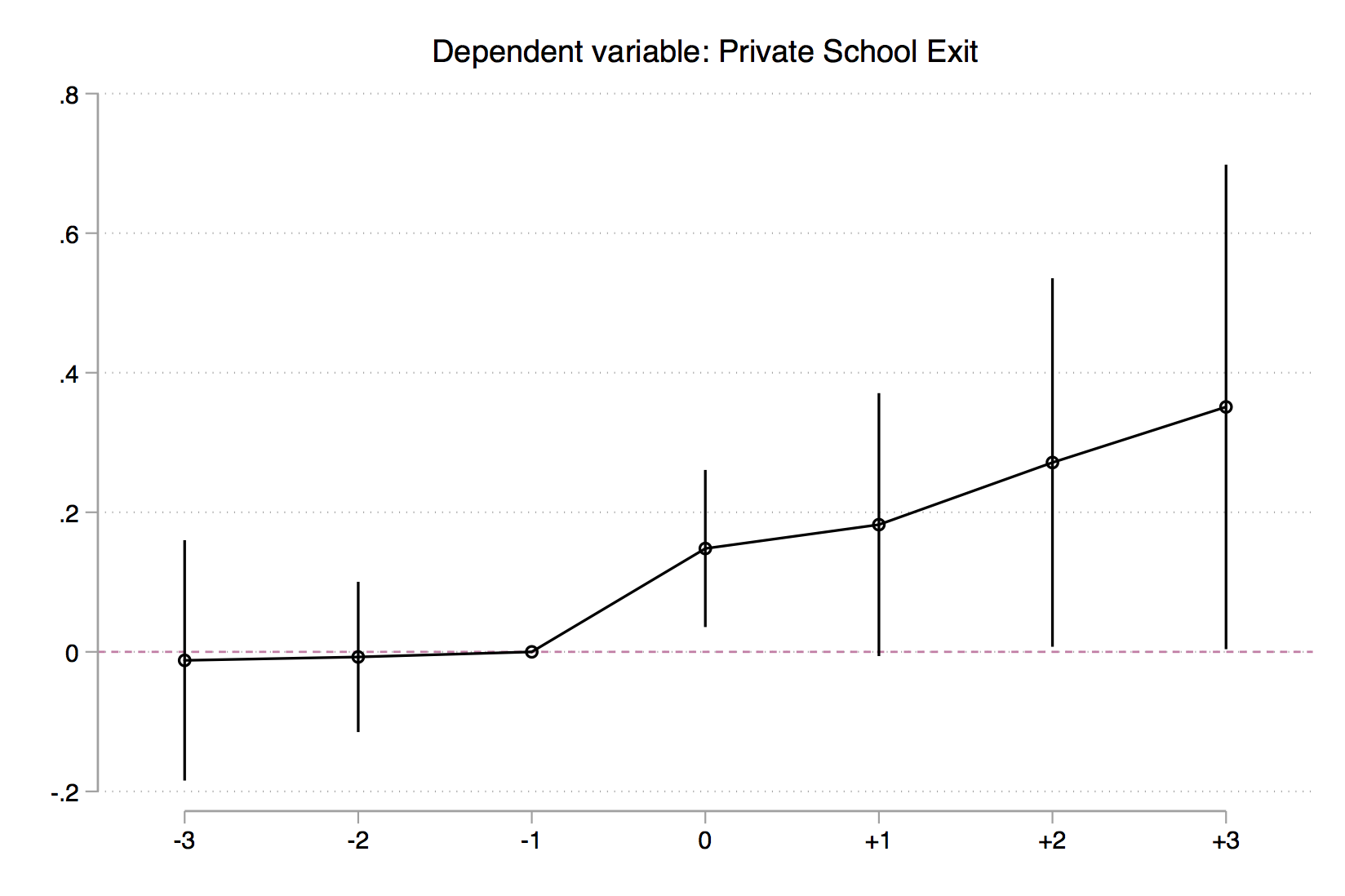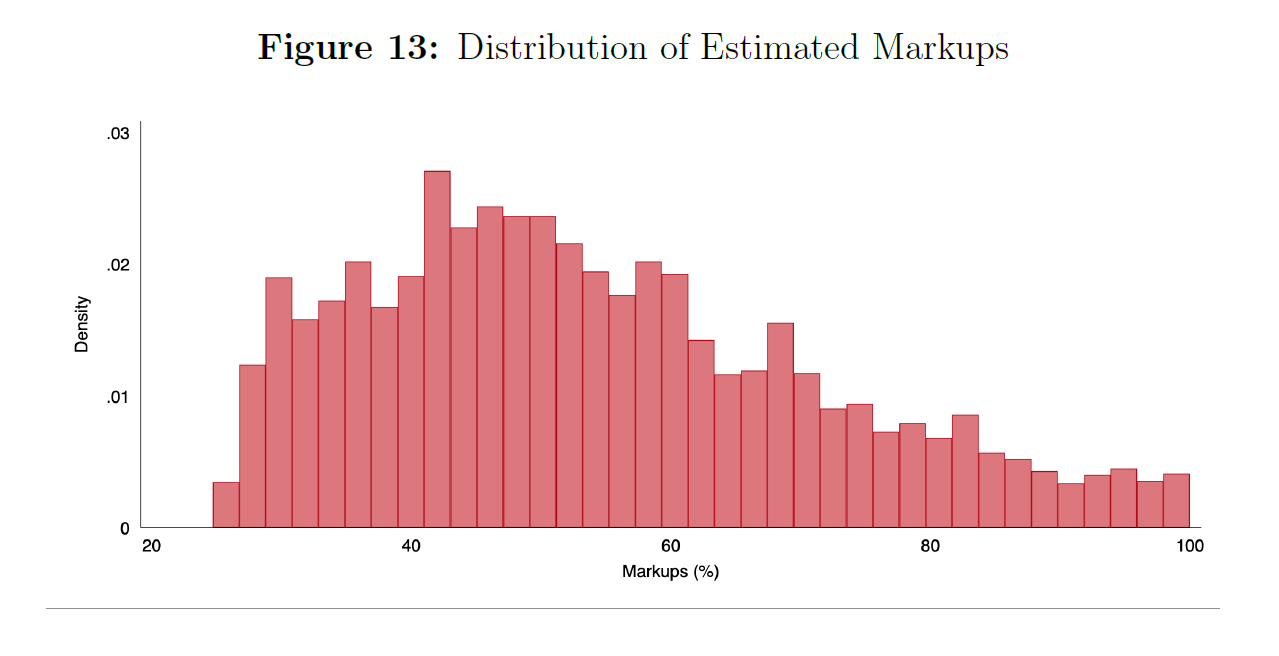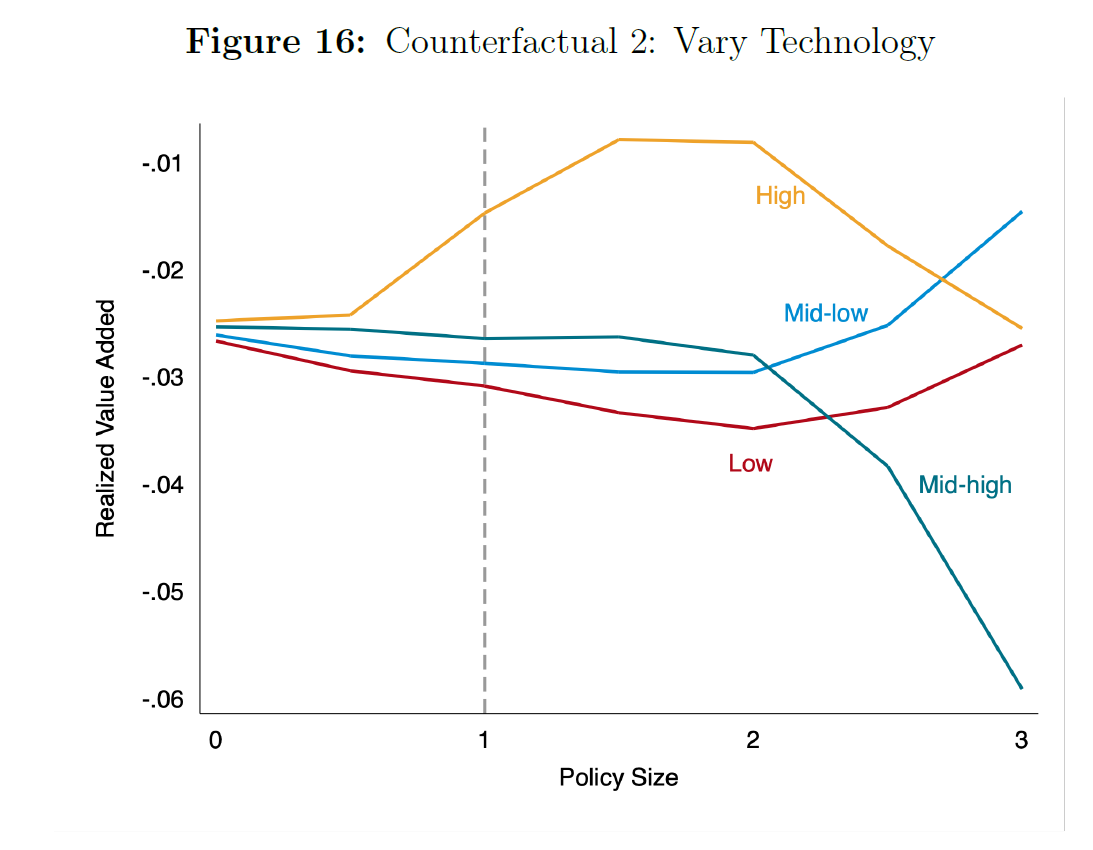The Equilibrium Effects of Public Provision in Education Markets: Evidence from a Public School Construction Policy
Abstract
In markets with private options, the optimal level of public provision may require balancing a tradeoff between reducing private options market power with the possibility of crowding out potentially high-quality products. These considerations are particularly relevant in many developing countries education systems where state capacity is increasing but low levels of past public provision mean many private schools already exist. We study the equilibrium effects of public provision in the context of a large expansion of public schools in the Dominican Republic. Over a five-year period, the government aimed to increase the number of public school classrooms by 78%. Using an event study framework, we estimate the effect of a new public school on neighborhood outcomes and competing private schools, where we instrument for how quickly the public school construction project finished with the characteristics of the contractor randomly assigned to build the project. We find that a new public school increased public sector enrollment significantly. As public enrollment increased, a large number of private schools closed while the surviving schools lowered prices and increased school quality. To study how the level of public provision affects the overall level of quality in the market, we specify and estimate an empirical model of demand (students choosing schools) and supply (schools choosing whether to enter, stay open and what price to charge). We use the model estimates to calculate the level of public provision that maximizes learning. Due to equilibrium competitive effects, we find that the optimal level is non-monotonic in the quality of the increased public schooling.
Current Draft
Graphs From the Paper
- Coauthors: Michael Dinerstein, Sebastian Otero
- Published: Industrial Relations Section Working Paper Series (November 2020, No. 645)
- Date: 2020

